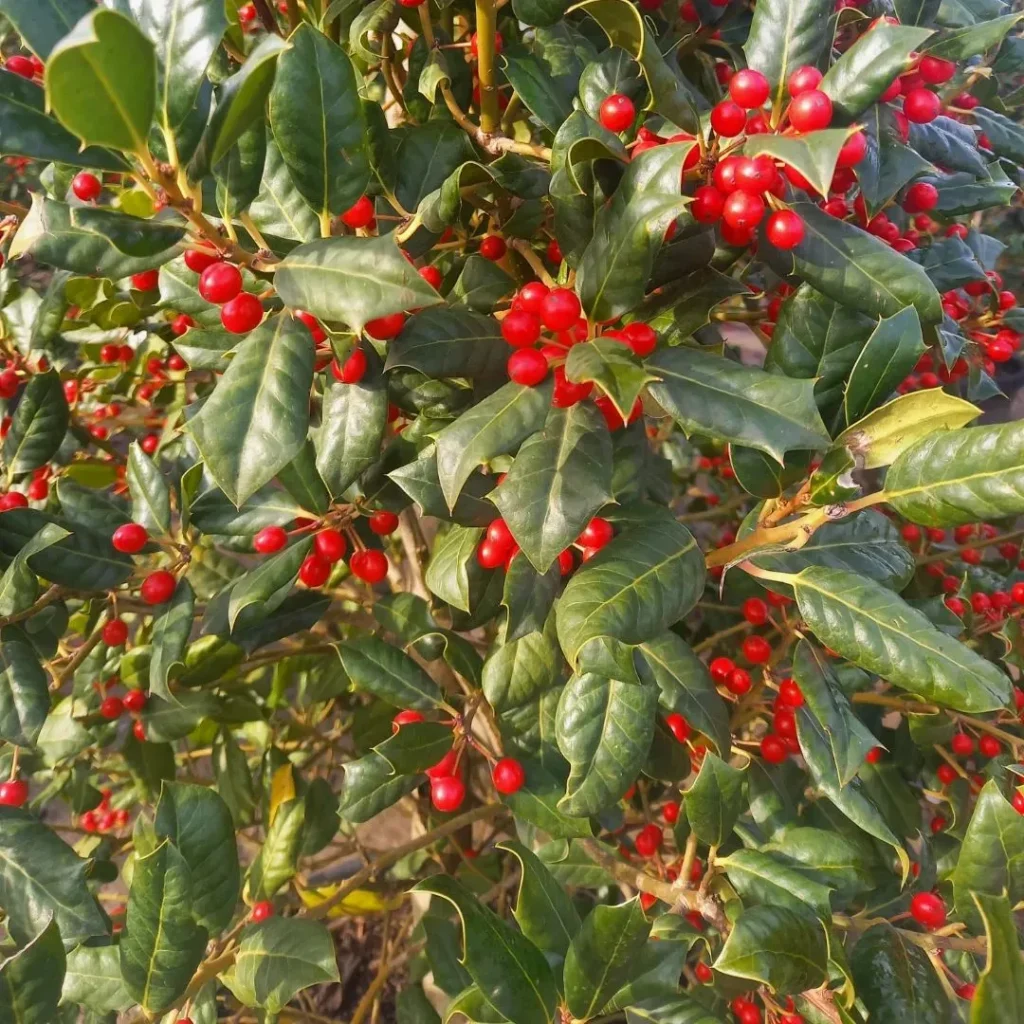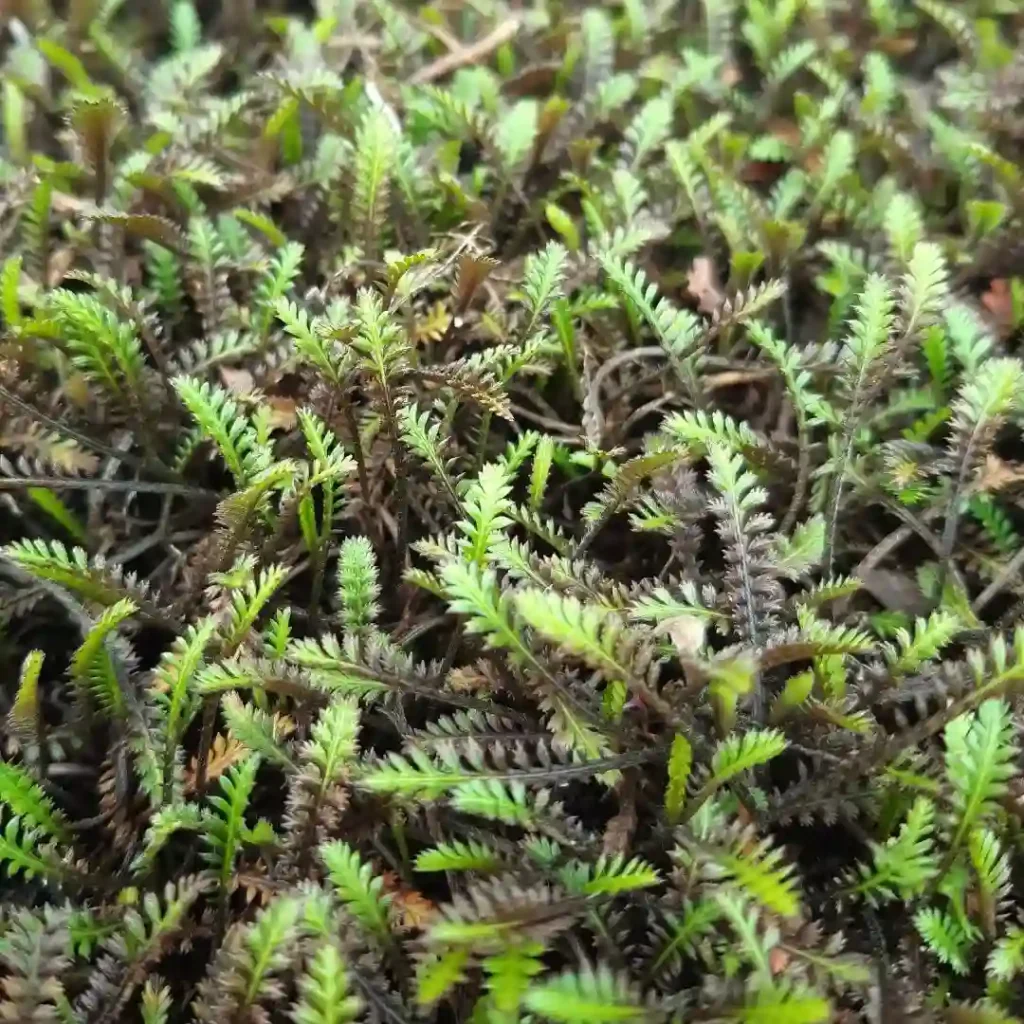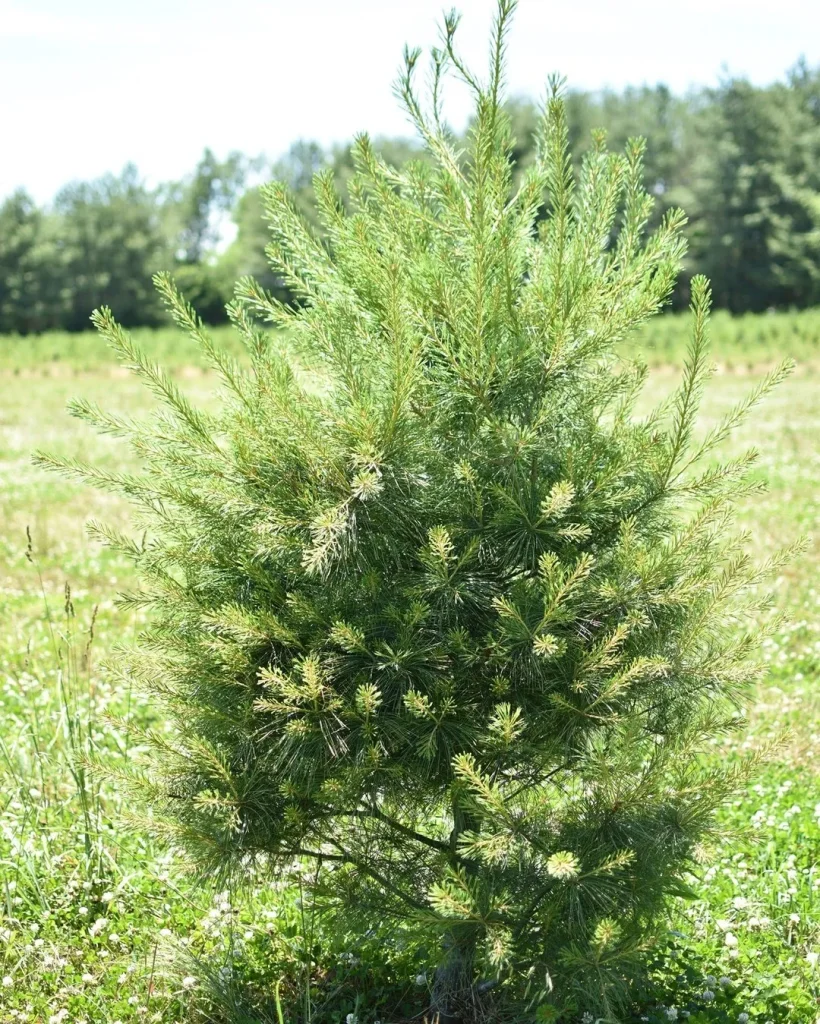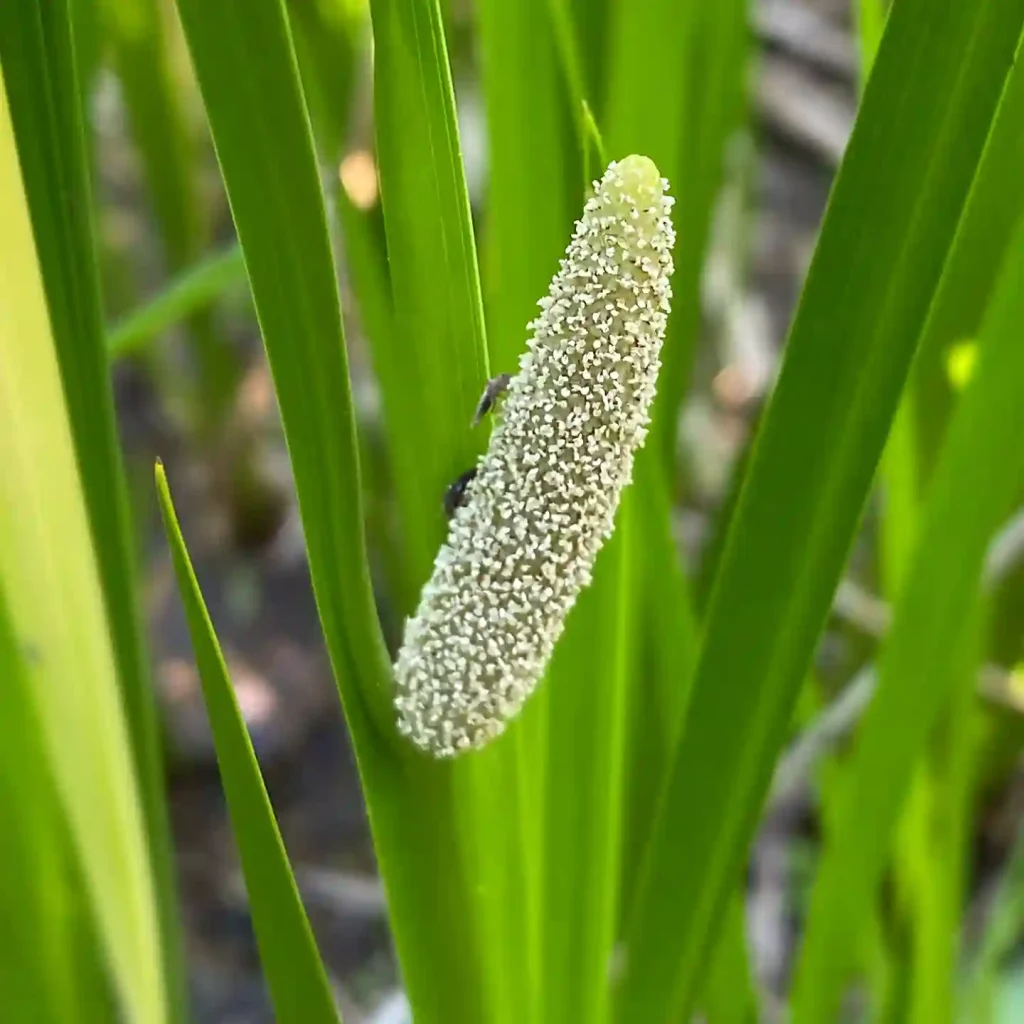
My Fascination with Mulberries: An Exploration of the Morus Genus
As a lifelong lover of all things botanical, I, Ferb Vu, have always been drawn to the unique beauty and diversity of the plant world. Among the countless genera that have captured my attention, Morus, more commonly known as mulberry, holds a special place in my heart. Perhaps it’s the sweet, juicy fruits that evoke childhood memories of sticky fingers and sun-drenched days, or maybe it’s the elegant simplicity of the leaves, each one a testament to nature’s artistry. Whatever the reason, I find myself endlessly fascinated by these remarkable trees.
A Deep Dive into the Morus Genus
The genus Morus belongs to the Moraceae family, a group that also includes figs and breadfruit. These deciduous trees are native to temperate regions of Asia, Africa, and North America, and they have been cultivated for centuries for their fruits, timber, and ornamental value. Mulberry trees are known for their rapid growth, their ability to tolerate a variety of soil conditions, and their resilience in the face of environmental stressors.
One of the most striking features of mulberry trees is their foliage. The leaves are typically simple, alternate, and often lobed, with serrated edges. Their vibrant green color adds a touch of freshness to any landscape, and the rustling sound they make in the breeze is a soothing melody to my ears. But it’s the fruit that truly sets Morus apart. These aggregate fruits, formed from a cluster of tiny flowers, come in a range of colors, from white and pink to red, purple, and almost black. The sweet, tart flavor of a ripe mulberry is an unforgettable experience, a burst of sunshine captured in a tiny package.
The Many Faces of Mulberry: A List of Species
The Morus genus boasts a diverse array of species, each with its own unique characteristics and uses. Here are:
- Morus alba (White Mulberry): Originating from China, this species is widely cultivated for its leaves, which serve as the primary food source for silkworms. The white mulberry also produces sweet, white or pinkish fruits. Plant FAQs: White Mulberry – Morus Alba
- Morus rubra (Red Mulberry): Native to eastern North America, this species is known for its large, dark purple fruits, which are prized for their rich flavor and are often used in jams, jellies, and pies.
- Morus nigra (Black Mulberry): This species, native to southwestern Asia, is valued for its large, juicy, almost black fruits, which have a distinct, slightly acidic flavor. Plant FAQs: Morus Nigra
- Morus macroura (Long Mulberry): This species, found in the Himalayas and Southeast Asia, is notable for its long, cylindrical fruits, which can reach up to 5 inches in length.
- Morus celtidifolia (Texas Mulberry): Native to Texas and Mexico, this species is adapted to arid conditions and produces small, sweet fruits.
- Morus boninensis Koidz.
- Morus cathayana Hemsl.
- Morus indica L.
- Morus koordersiana J.-F.Leroy
- Morus liboensis S.S.Chang
- Morus microphylla Buckley
- Morus miyabeana Hotta
- Morus mongolica (Bureau) C.K.Schneid.
- Morus notabilis C.K.Schneid.
- Morus serrata Roxb.
- Morus trilobata (S.S.Chang) Z.Y.Cao
- Morus wittiorum Hand.-Mazz.
- Morus Australis – Plant FAQs: Morus Australis – Southern Mulberry
FAQs
Why are mulberry trees illegal?
Mulberry trees might seem like a harmless addition to your garden, but there’s more to the story than meets the eye. A few years back, I learned the hard way that mulberry trees are considered invasive in some areas due to their rapid growth and ability to spread quickly. I had planted one in my backyard without realizing the potential consequences. Soon enough, it started encroaching on neighboring properties, causing quite a bit of trouble. It was a tough lesson to learn, but now I understand why some places have regulations against planting mulberry trees. They can easily get out of control and disrupt the local ecosystem, which is something I hadn’t considered before.
What color is mulberry?
Mulberry fruits come in a range of colors, depending on the variety and ripeness. When they’re unripe, they tend to be green, then gradually shift to shades of red, purple, or even black as they ripen. It’s fascinating to watch the transformation as the fruits mature on the tree. Personally, I find the deep, rich purple hues of ripe mulberries to be particularly striking and enticing. They’re not only visually appealing but also a delight to taste, bursting with sweetness and flavor.
How to make mulberry jam?
Making mulberry jam is a delightful process that brings out the best of these delicious berries. First, I gather fresh, ripe mulberries from the tree, ensuring they’re free from any stems or leaves. Then, I gently wash and drain them before transferring them to a large pot. To enhance their natural sweetness, I add a bit of lemon juice and sugar, adjusting the quantities to taste. I let the mixture simmer over low heat, stirring occasionally until the berries break down and release their juices, creating a thick, luscious jam. Finally, I pour the hot jam into sterilized jars, seal them tightly, and let them cool before storing them in the pantry. The result is a vibrant, flavorful mulberry jam that captures the essence of summer and can be enjoyed year-round.
Is mulberry good firewood?
Mulberry wood is indeed excellent for burning in fires and wood stoves. I’ve had firsthand experience using it for heating purposes during colder months. Mulberry wood burns hot and produces a long-lasting flame, making it efficient for keeping a room warm. Additionally, it emits a pleasant aroma when burned, which adds to the cozy atmosphere. One thing to keep in mind is that mulberry wood can be a bit challenging to split due to its dense nature, but once split, it provides excellent fuel for fires. Overall, I’ve found mulberry wood to be a valuable and reliable option for heating my home during the winter.
How to kill a mulberry tree?
While I understand that there may be reasons for wanting to remove a mulberry tree, I would urge you to consider alternative solutions before resorting to killing it. However, if you’re determined to do so, there are a few methods you could try. One approach is to cut the tree down to its stump and then apply a concentrated herbicide directly to the freshly cut surface. This can help prevent regrowth by killing the remaining roots. Another method is to repeatedly cut away the tree’s branches and foliage, depriving it of sunlight and eventually causing it to weaken and die. Whichever method you choose, it’s important to proceed with caution and follow safety guidelines, especially when working with herbicides. Additionally, be mindful of any local regulations regarding the removal of trees on your property.
How to propagate mulberry trees?
Propagating mulberry trees is a rewarding process that allows you to grow new trees from existing ones. One common method is through hardwood cuttings taken during the tree’s dormant season, typically in late winter or early spring. I start by selecting healthy, mature branches from the mulberry tree, about pencil-thick in diameter. Then, I cut these branches into sections around 8-12 inches long, making sure each cutting has several buds. Afterward, I remove any leaves from the lower half of the cutting and dip the cut end in rooting hormone to encourage root growth. Next, I plant the cuttings in a well-draining potting mix or directly in the ground, ensuring they’re kept moist but not waterlogged. Over time, roots will develop, and new growth will emerge, signaling successful propagation. Another method is through seed germination, though this can take longer and may result in variable traits compared to the parent tree. With patience and care, propagating mulberry trees can be a fulfilling way to expand your orchard or share the joy of these fruitful trees with others.
How to make mulberry wine?
Making mulberry wine is a delightful project that captures the essence of these flavorful berries. To start, I gather ripe mulberries, making sure to remove any stems or leaves. Then, I gently wash them and crush them to release their juices, either by hand or with a clean utensil. Next, I transfer the crushed berries to a fermentation vessel, such as a glass carboy or food-grade plastic bucket. To enhance fermentation and flavor extraction, I add sugar, typically around 2-3 pounds per gallon of wine, adjusting to taste. Additionally, I mix in some water to dilute the mixture to the desired strength. To aid fermentation, I add wine yeast and nutrient according to package instructions. Then, I cover the vessel with an airlock to allow gases to escape while preventing contamination. Over the next few weeks, I monitor the fermentation process, stirring occasionally and ensuring proper temperature control. Once fermentation is complete, I siphon the wine into clean bottles, leaving behind any sediment at the bottom. Finally, I cork or cap the bottles and let the wine age for several months to develop its flavor before enjoying the fruits of my labor.
Where to buy mulberry tree?
You can find mulberry trees for sale at various places, depending on your location and preferences. One option is to visit local nurseries or garden centers, especially those specializing in fruit trees or landscaping. They often carry a variety of mulberry tree cultivars suited to your climate and soil conditions. Another option is to check online plant retailers, which offer a wide selection of mulberry trees and may ship directly to your doorstep. Additionally, you might find mulberry trees for sale at farmers’ markets or through local gardening clubs and exchanges. Before purchasing, it’s essential to research the specific variety of mulberry tree you’re interested in and ensure it’s compatible with your growing conditions and space requirements.
Is mulberry a hardwood?
Yes, mulberry is considered a hardwood. Hardwoods, also known as angiosperms, are trees that have broad leaves, produce seeds that are enclosed in a fruit or nut, and typically undergo a dormant period during winter. Mulberry trees fall into this category because they have broad leaves and produce seeds enclosed within fleshy fruits. The wood of mulberry trees is known for its durability, strength, and attractive grain patterns, making it suitable for a variety of woodworking projects, including furniture, flooring, and decorative items.
Can dogs eat mulberry?
While mulberries are safe for human consumption and are enjoyed by many people, it’s important to be cautious when it comes to letting dogs eat them. While mulberries themselves are not toxic to dogs, they can sometimes cause gastrointestinal upset, especially if consumed in large quantities. Additionally, the leaves and stems of the mulberry tree contain a substance called morusin, which can be mildly toxic to dogs if ingested in large amounts. It’s always best to monitor your dog’s consumption of mulberries and limit their intake to small amounts as an occasional treat. If you notice any signs of discomfort or unusual behavior after your dog eats mulberries, it’s a good idea to consult with your veterinarian for guidance.
How to prune weeping mulberry trees?
Pruning weeping mulberry trees is essential for maintaining their shape, health, and overall appearance. The key is to prune them regularly to encourage a balanced structure and prevent overcrowding of branches. I typically prune my weeping mulberry tree during the dormant season, either in late winter or early spring, before new growth begins. First, I start by removing any dead, damaged, or diseased branches, cutting them back to the main trunk or a healthy lateral branch. Then, I selectively thin out crowded areas by cutting back any crossing or inward-growing branches to open up the canopy and allow better air circulation. When shaping the tree, I aim to maintain its graceful weeping form by trimming back any overly long or straggly branches to promote a more compact and attractive silhouette. Throughout the pruning process, it’s essential to step back occasionally and assess the tree’s overall shape to ensure a balanced and harmonious appearance. By following these pruning techniques, you can help your weeping mulberry tree thrive and flourish for years to come.
Are mulberry and blackberry the same?
Mulberries and blackberries are similar in some ways but are actually two distinct types of fruit with some notable differences. Mulberries come from the Morus genus, while blackberries belong to the Rubus genus. One of the main differences is their appearance: mulberries are typically small to medium-sized fruits that can be white, red, purple, or black when ripe, while blackberries are larger and usually black or dark purple in color when ripe. Another difference is their growth habits: mulberries grow on trees, while blackberries grow on thorny bushes or brambles. Additionally, their flavor profiles differ slightly, with mulberries often described as having a sweet, mild taste, while blackberries tend to be tart and juicy. Despite these differences, both fruits are delicious and nutritious additions to your diet.
How to make mulberry leaf tea?
Making mulberry leaf tea is a simple and refreshing process that allows you to enjoy the health benefits of this nutritious plant. First, I gather fresh, clean mulberry leaves from a healthy tree, making sure to select young, tender leaves for the best flavor. Then, I rinse the leaves thoroughly under cold water to remove any dirt or debris. Next, I bring a pot of water to a boil and then remove it from the heat. I add the rinsed mulberry leaves to the hot water, using about 1-2 teaspoons of leaves per cup of water. I cover the pot and let the leaves steep for about 5-10 minutes, depending on how strong I prefer the flavor. After steeping, I strain the tea to remove the leaves and pour it into a cup. Sometimes, I like to add a bit of honey or lemon for extra flavor. The result is a light, aromatic tea with a subtle, grassy taste and a hint of sweetness. It’s a soothing beverage that can be enjoyed hot or cold, depending on your preference.
Are mulberry trees poisonous to dogs?
Mulberry trees themselves are not considered toxic to dogs, but there are a few considerations to keep in mind. While the ripe berries of the mulberry tree are generally safe for dogs to eat in moderation, the unripe berries and other parts of the tree, such as the leaves and stems, contain compounds that could potentially cause gastrointestinal upset if ingested in large quantities. Additionally, some dogs may have allergies or sensitivities to certain plants, including mulberry trees, so it’s essential to monitor your dog’s behavior and health after they’ve been in contact with the tree or its fruits. If you suspect that your dog has consumed a significant amount of mulberry berries or other parts of the tree and is showing signs of illness, such as vomiting, diarrhea, or lethargy, it’s best to consult with your veterinarian for guidance.
How to make mulberry syrup?
Making mulberry syrup is a delightful way to preserve the sweet and tangy flavor of these delicious berries. To start, I gather fresh, ripe mulberries, making sure to remove any stems or leaves. Then, I gently wash them and place them in a large pot. I add water to cover the berries and bring the mixture to a simmer over medium heat, mashing the berries with a spoon to release their juices. Once the berries have softened and released their juices, I strain the mixture through a fine mesh sieve or cheesecloth to remove the pulp and seeds, extracting the flavorful liquid. Next, I return the strained juice to the pot and add sugar, typically using a 1:1 ratio of sugar to juice, although this can be adjusted to taste. I stir the mixture over low heat until the sugar has dissolved completely, then increase the heat to medium and simmer for about 10-15 minutes, or until the syrup has thickened slightly. Finally, I let the syrup cool before transferring it to sterilized bottles or jars for storage. Mulberry syrup can be enjoyed drizzled over pancakes, waffles, yogurt, ice cream, or used as a flavorful ingredient in cocktails and mocktails.
How to eat mulberry fruit?
Eating mulberry fruit is a delightful experience, and there are several ways to enjoy its sweet and tangy flavor. One option is to simply pluck the ripe berries from the tree and eat them fresh. They can be enjoyed on their own as a tasty snack or added to a variety of dishes, such as salads, cereals, yogurt, or oatmeal. Another popular way to enjoy mulberries is by incorporating them into baked goods, such as muffins, pies, or tarts. You can also make jams, jellies, or syrups with mulberries to spread on toast or pancakes. Additionally, mulberries can be frozen and used later in smoothies or as a topping for desserts. However you choose to enjoy them, mulberries are a delicious and nutritious addition to your diet.
The Significance of Morus
Beyond their aesthetic appeal and culinary value, mulberry trees have played a significant role in human history and culture. The cultivation of Morus alba for silk production has been a cornerstone of the silk industry for centuries, shaping trade routes and economies across the globe. In many cultures, mulberry trees are also imbued with symbolic meaning, often representing wisdom, longevity, and peace.
For me, the Morus genus serves as a constant reminder of the interconnectedness of nature and the profound impact that plants have on our lives. Whether I’m enjoying a handful of freshly picked mulberries, admiring the graceful silhouette of a mature tree, or simply reflecting on the intricate relationship between mulberries and silkworms, I am filled with a sense of wonder and appreciation for these extraordinary plants.
In the words of the great naturalist John Muir, “In every walk with nature, one receives far more than he seeks.” My exploration of the Morus genus has been just such a walk, a journey of discovery that has enriched my understanding of the natural world and deepened my connection to the living planet we call home.
If i die, water my plants!



